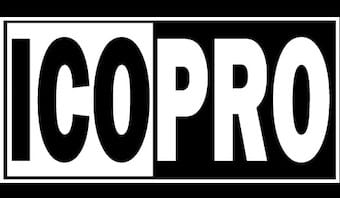When the new XFL folded mid-season due to the global pandemic, it was not the first time that a Vince McMahon venture had fallen victim to bad timing.
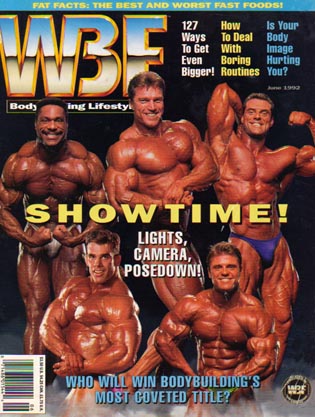
Back in 1991, Vince McMahon launched the World Bodybuilding Federation just before scandal erupted regarding steroids in the WWF. Now, far be it from me to compare a federal investigation of Vince McMahon to an actual tragedy…
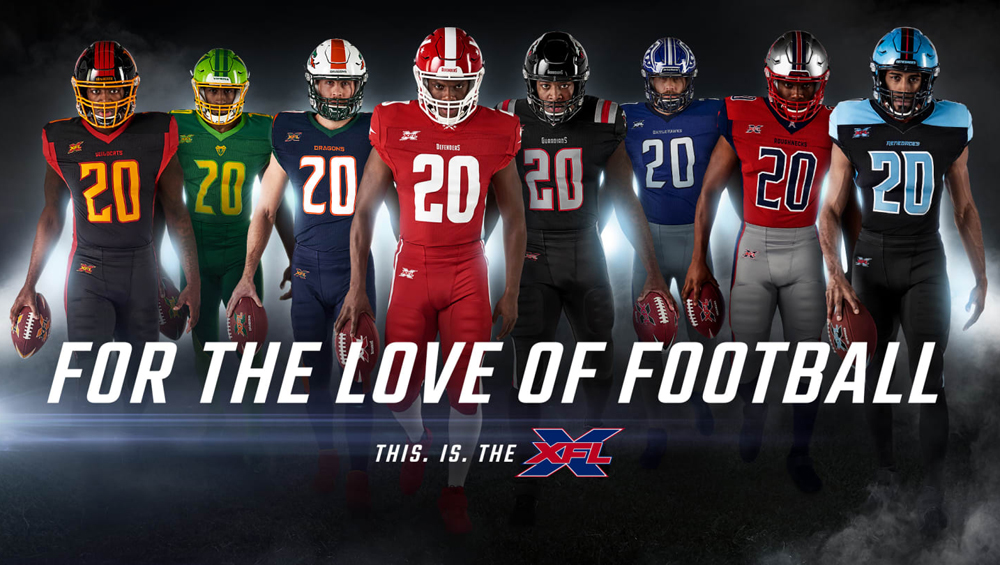
…and there are of course key differences between the XFL and the WBF (namely, people actually watch football), but nevertheless, this left Vince McMahon in a real bind.
In 1992, McMahon abruptly banned steroids from the WBF, establishing drug testing shortly before the second annual WBF Championship. This proved a physical and mental disaster for the WBF Body Stars, but Vince had a solution:
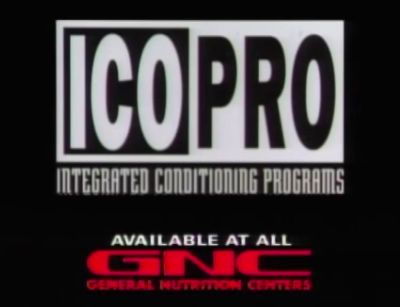
Integrated Conditioning Programs, or ICOPRO, a new bodybuilding supplement that he debuted at that weekend’s Personal Fitness Expo.
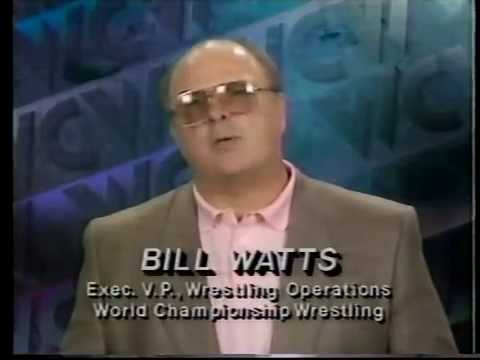
That’s the difference between a visionary like Vince McMahon and an old-school wrestling mind like Bill Watts, who’d never dream of holding bodybuilding contests or promoting integrated conditioning. Or integrated anything, for that matter.
Problem was, the WBF pay-per-view was a total flop, and the organization folded within months, leaving Vince with a huge leftover inventory of bodybuilding supplements to sell, with no bodybuilding television shows or magazines to sell them in.
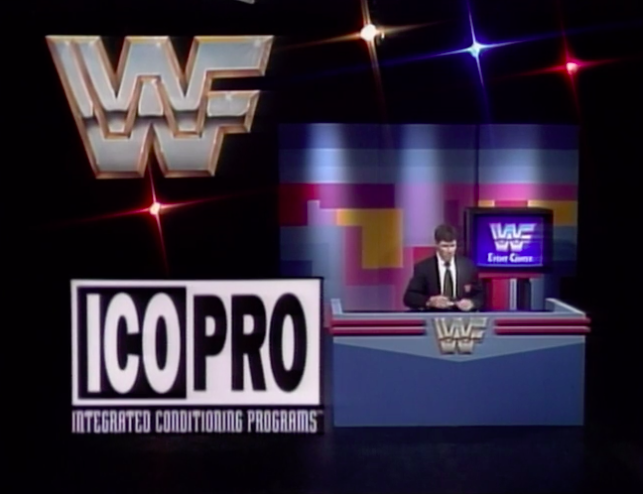
Luckily, Vince McMahon also had a wrestling organization called the World Wrestling Federation in which to plug ICOPRO. It was all over WWF programming in ’92 and ’93. It was in the Event Center with Sean Mooney…
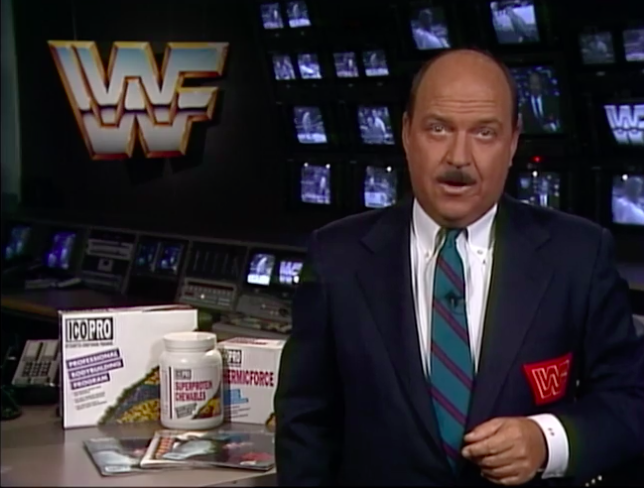
…it was in the Updates with Mean Gene…
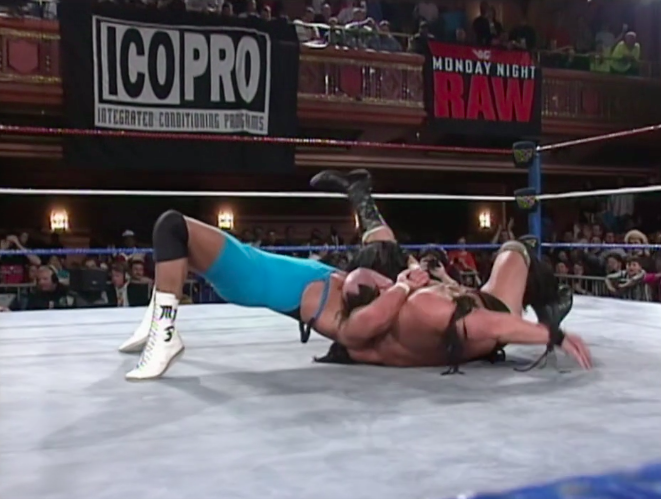
…it was in the arenas at TV tapings…
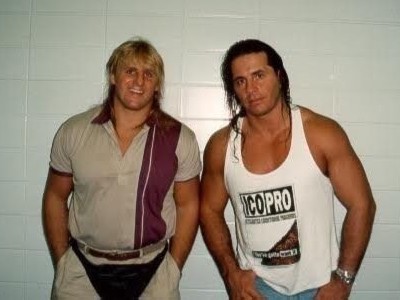
…and it was on the t-shirts of the Superstars.
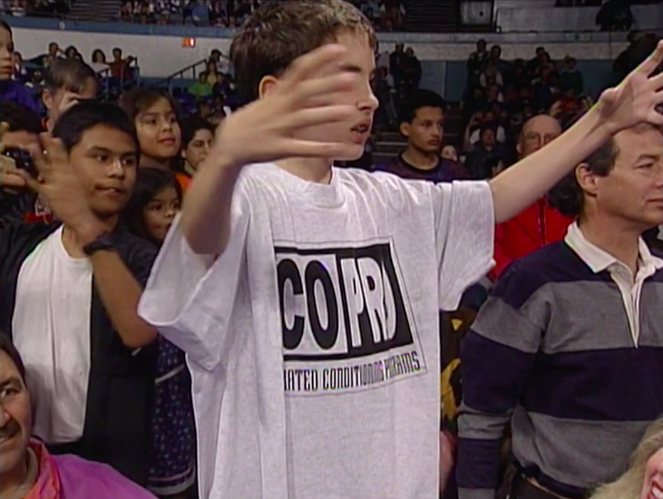
For fans, the shirts were an easy way to get on TV.
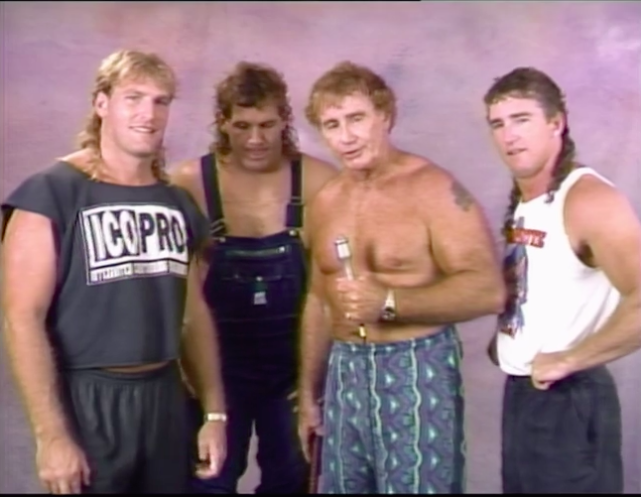
In the case of Steve Armstrong, an ICOPRO shirt was the only proof he had that he’d ever been in the WWF.
ICOPRO was even in the commentary, with Vince McMahon mentioning at the most inopportune times that the Superstar in the ring was “a proponent of integrated conditioning”.
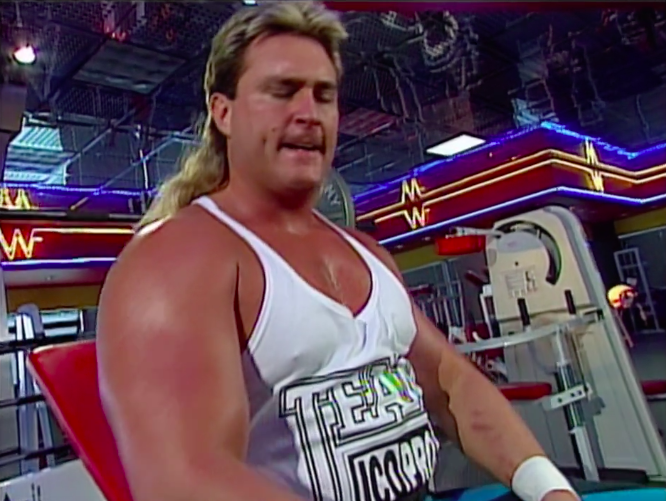
And of course, it was in the commercial breaks of every single program.
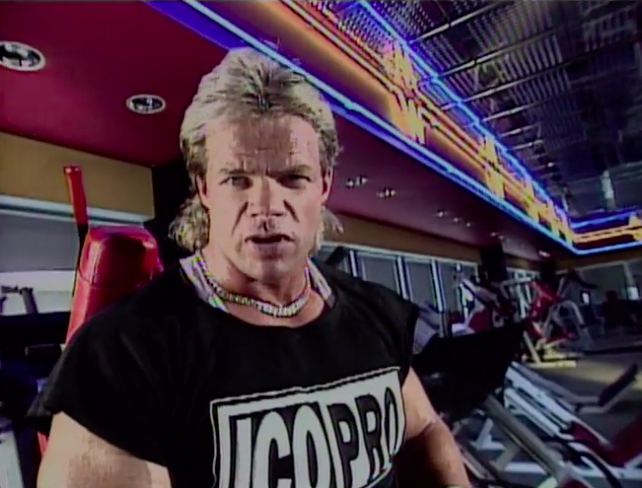
Good guy, bad guy, it didn’t matter. ICOPRO didn’t discriminate between a narcissist like Lex Luger…
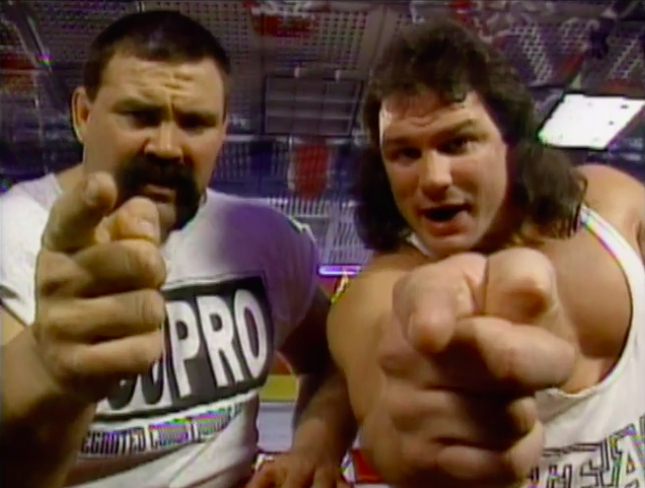
…All-Americans like the Steiner Brothers…
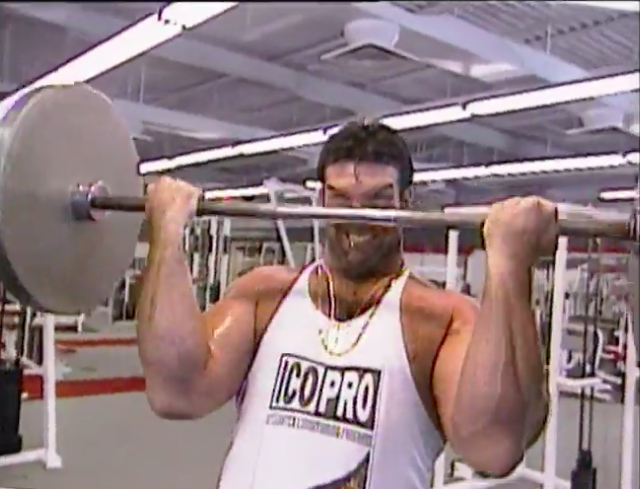
…or the Bad Guy himself, Razor Ramon.
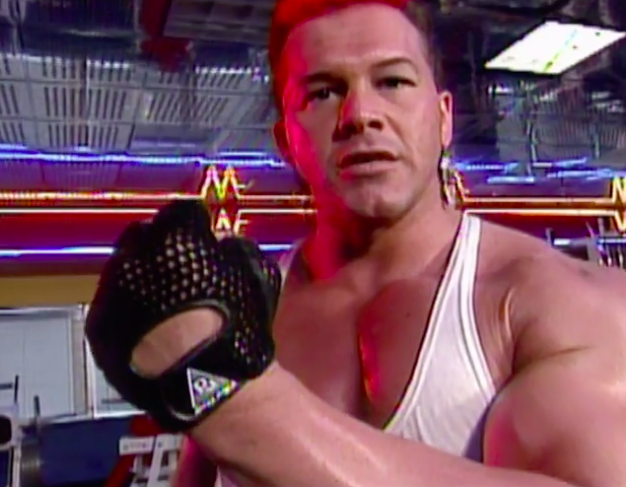
Each commercial lasted about 15 seconds, featured a WWF Superstar in an ICOPRO tank top pumping iron in the gym at Titan Towers, and usually ended with the slogan, “You’ve gotta want it!”
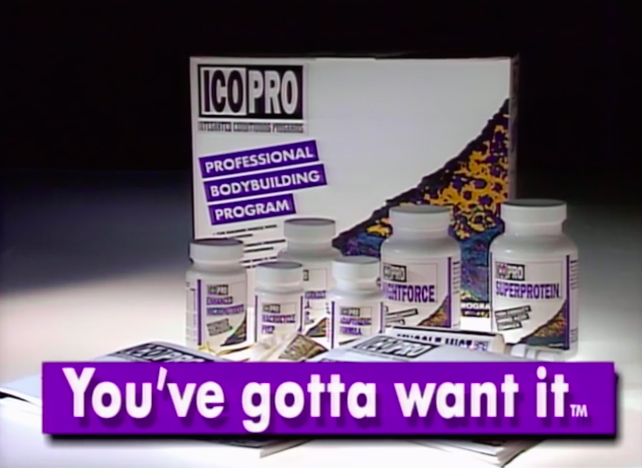
Any fan from that era likely has that tinny metallic percussion from the commercials imprinted in their brain.
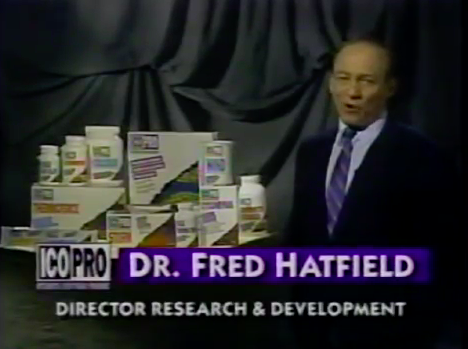
On at least one occasion, the doctor behind ICOPRO explained, in an extended commercial, the scientific merit of integrated conditioning to build muscle mass. ICOPRO was the result of years of research on football players…
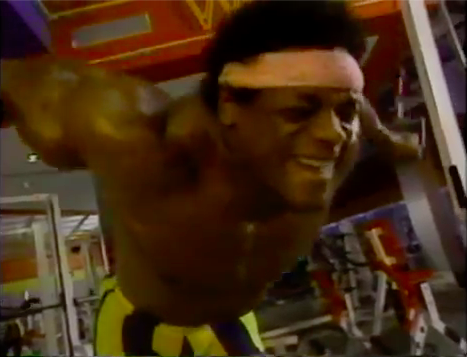
…bodybuilders…
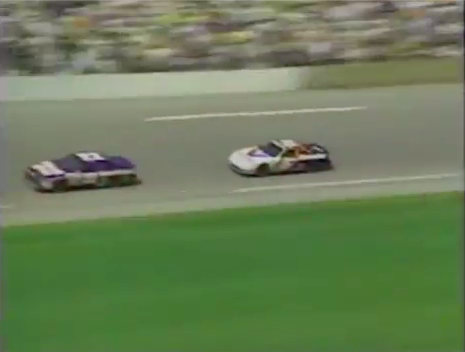
…and race car drivers. Sure, why not?
Wannabe bodybuilders shouldn’t think ICOPRO was just some easy fix, though. “[Y]ou have to work out properly, eat the right foods, and take the proper supplements.” The message: the body of your dreams wouldn’t come over night – it would take nine long weeks for that.
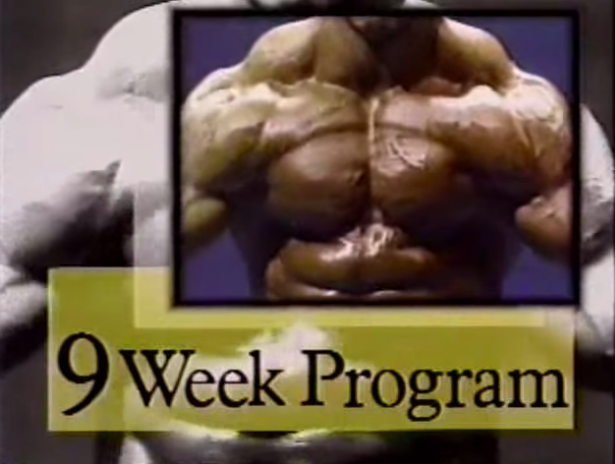
Despite the slogan, “You’ve gotta want it”, the WWF gave ICOPRO unsolicited to members of its roster, many of whom emphatically did not “want it”.
Bret Hart was given whole crates of the stuff, which he tried once, hated, and then unloaded on his unsuspecting neighbors as Christmas presents. These bottles would end up right back on Hart’s porch, the taste of the stuff having proved too much for the Shrieking Sheik.

Curt Hennig lent his supply to his teenage son for football. The future Curtis Axel ended up sidelined for days with diarrhea (an incident known as “The Exodus of McGillicutty”).
The WWF wasn’t even picky regarding to whom it distributed the supplements. Bruce Prichard of all people got a hold of ICOPRO in a variety of forms and later admitted to liking the protein bars, but despising everything else.
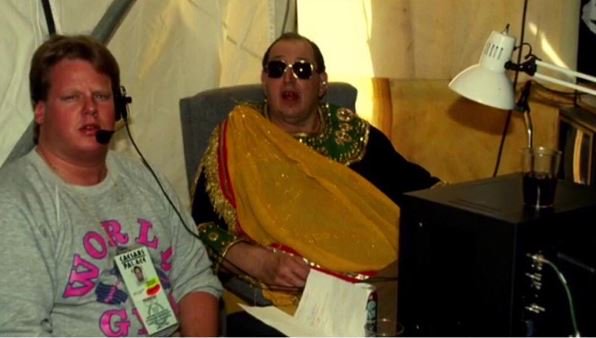
It should be noted that “copro” is Greek for crap.
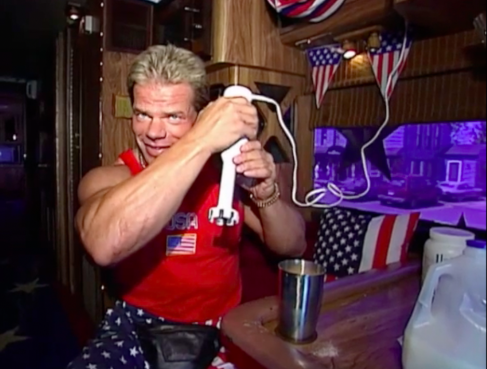
One certified icoprophage was Lex Luger, who drank the stuff with a s**t-eating grin not just in public, but in the privacy of his personal tour bus. In Lex Express footage that surfaced decades later, Luger took protein powder, skim milk, and what looked like a personal massager and mixed himself a protein shake.
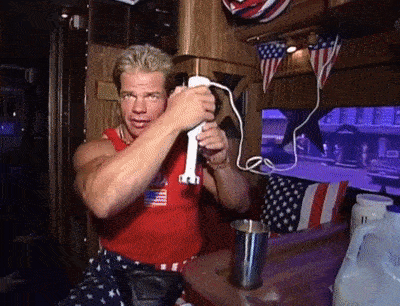
Jeez, that looks NSFW. My apologies.
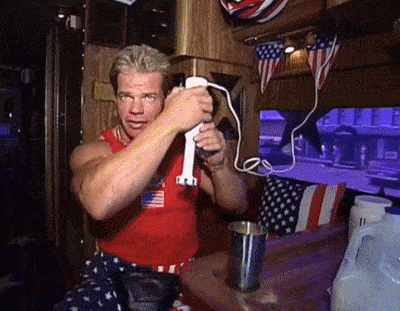
Lex apparently thought ICOPRO was delicious, but health-conscious people are often deranged. Exhibit A:
While we can conclude that ICOPRO supplements didn’t taste good, the most important question is, “Did they work?”
Who knows! In the United States, nutritional supplements are barely regulated; manufacturers don’t have to prove their supplement works, or is even safe, before selling it.
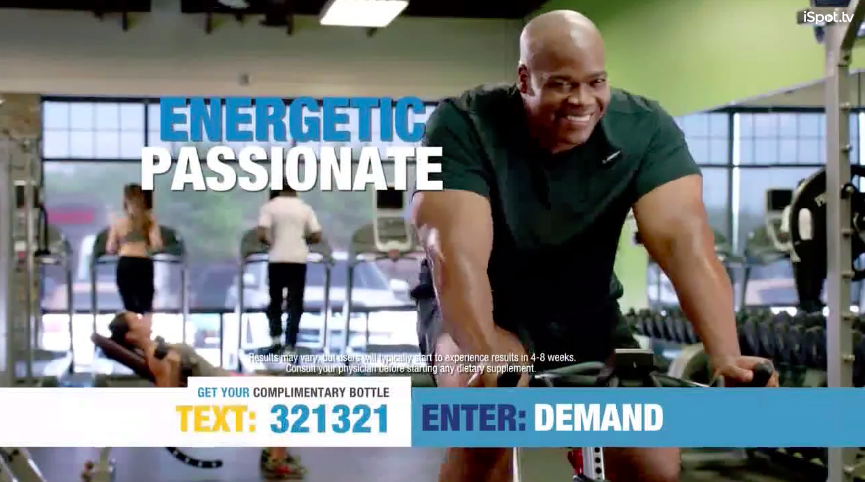
And that’s bad news for wrestling viewers hoping Frank Thomas has the secret to feeling stronger and leaner, with a lot more drive.
Most ICOPRO commercials featuring the WWF Superstars didn’t make any claims about the product’s effectiveness, just that the consumer had “gotta want it” – and given how nasty the stuff was, one did need to be truly motivated to stay on the ICOPRO regimen.
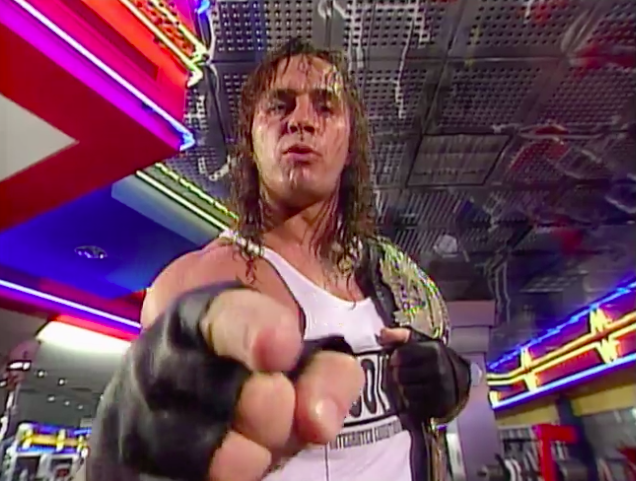
But Bret Hart’s commercial had him state that ICOPRO led him to victory, despite now admitting he never used it. That commercial didn’t air for too long, though, as Bret lost his belt to Yokozuna, possibly due to a lack of integrated conditioning. See, Bret screwed Bret after all.
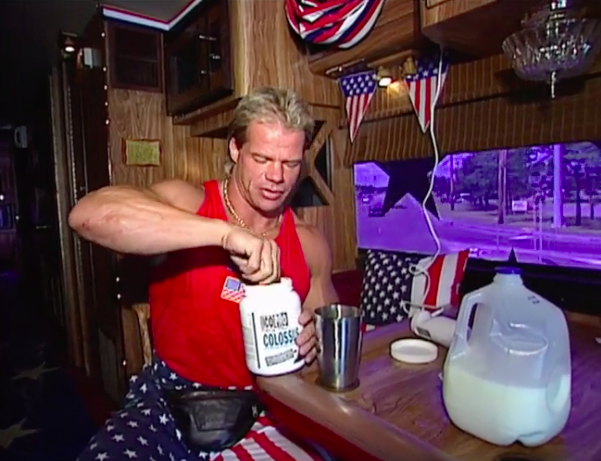
Vince McMahon and the WWF discontinued ICOPRO in 1995, leaving poor Lex to try less healthy, anabolic alternatives.
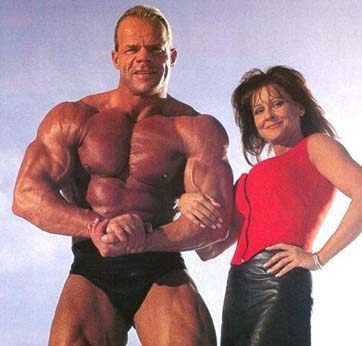
I’m not saying that ICOPRO’s disappearance was directly responsible for the return of steroids in pro wrestling…
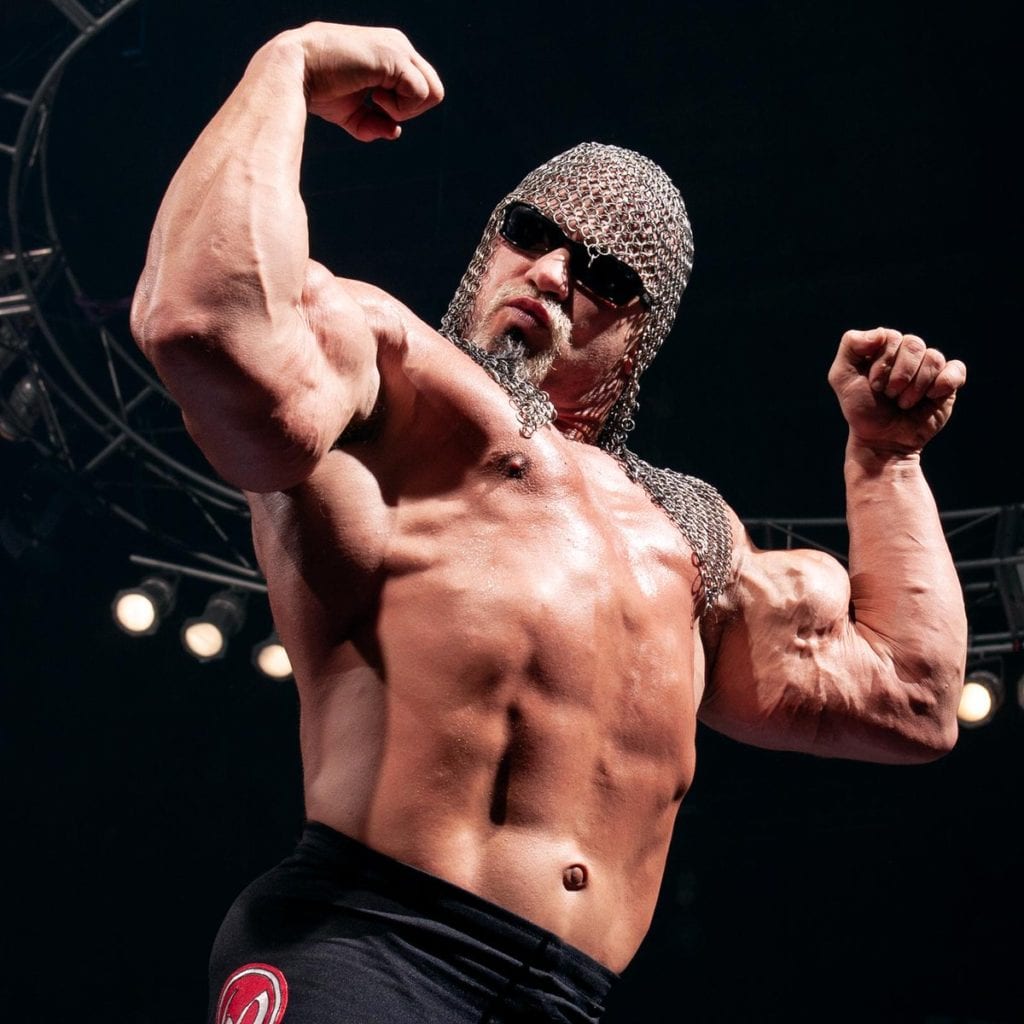
…but I’m not saying it wasn’t, either

